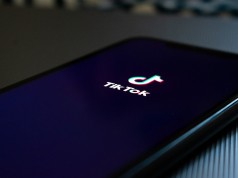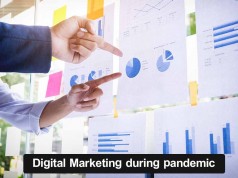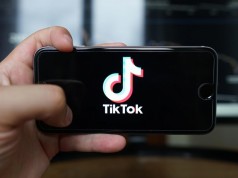There is a huge buzz going on around the internet about digital storytelling. But what exactly is digital storytelling? Digital storytelling is a technique of storytelling driven by data. To convey ideas, stories, and information, a blend of images, text, videos, and audio is used in digital storytelling. Brands have started to embrace digital storytelling techniques more in recent years. The technological innovations in Information and Communication technologies have made it easier than ever to collect and analyze large amounts of data. Brands process thus collected information to raise their storytelling standards. In this article, we are going to discuss why data-driven storytelling is increasing.
Data-Driven Storytelling
The data insights and analytics are used to generate enriched content in data-driven storytelling. The primary objective of data-driven storytelling is to motivate the target audience to perform the desired action. These actions could include a variety of things such as:
- Sharing, liking and commenting on the content
- Increasing brand awareness
- Cultivating brand loyalty
- Brand recall
- Adding an item to the cart or purchasing an item
Digital storytelling has become increasingly competitive in recent years, as more and more brands are striving to grab the attention and affection of the customers. Moreover, digital literacy and fluency have become an essential requirement for careers that rely on Information and Communication technologies. The positive use of available technology should be encouraged by educators.
Instant Sharing
One of the greatest advantages of using digital storytelling is the capability for sharing content instantly. Today, a video or an image can go viral across the internet in little time.
E-learning
Digital storytelling techniques can be used to enhancing e-learning as well. Students can benefit from digital storytelling techniques as visuals and audios have a greater ability to grab their attention than conventional teaching techniques.
Presenting Raw Data in a Comprehensible Format
Companies have large amounts of raw data at their disposal. However, a majority of the audience may find this data hard to digest in their raw format. Thus data and analysis and creative teams collaborate to present the data to the user in a comprehensible and user-friendly format.
Spotify
Spotify, an application that allows its users to stream music and podcasts for users across the world is a remarkable example of data-driven storytelling. Spotify has more than 217 million subscribers across the globe. The user data and stats are collected by Spotify from all its users. The users are allowed to view a comprehensive report of their listening habits in the application. These reports are also easily sharable across different social media platforms such as Facebook, Twitter, and Instagram. Immersive digital storytelling modes that utilize immersive technologies such as Virtual Reality (VR), Augmented Reality (AR) and voice AI assistants are also growing popular among consumers.
Privacy
As the Cambridge Analytica scandal was unveiled, the netizens are growingly concerned and vigilant about their data, and how it is being used. All major companies are altering their terms and conditions to ensure privacy and transparency for their consumers. Users are also provided greater control over their data. As long as the users are informed about the data policies, the majority of them will consent to share their data to access immersive data-driven digital stories.









